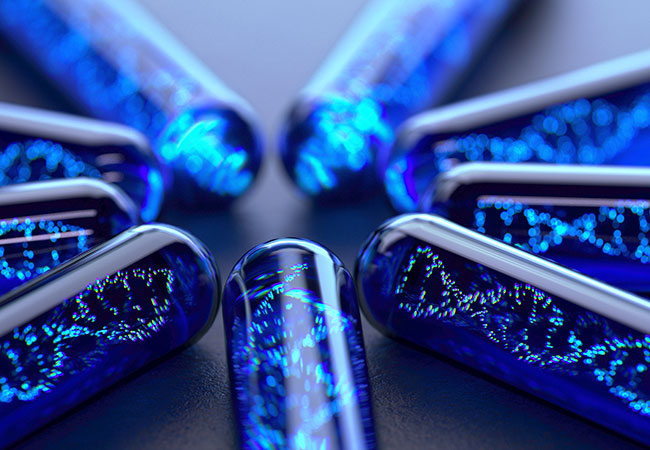Pharmacogenomics, or pharmacogenetics, studies how our genes affect how we react and respond to medications.

Pharmacogenomics has been scientifically proven to improve health outcomes by helping to identify whether a drug is likely to benefit you. Knowing this information can help you find the best medicine for you.
It is a genetics-based decision support tool that can help you better understand how the enzymes in your body affect how you are metabolizing the medications.
Pharmacogenomics is an evidence-based intervention used to optimize medication therapy specific to your genotype, which helps to ensure maximum efficacy with minimal adverse effects.

One crucial factor to consider when deciding if testing is appropriate for you while the results can inform prescribing decisions and improve patient outcomes is an evolving science that is not 100%. It informs choices, and while it can be validating, it does not provide all of the answers. It may help with predictive benefits and risks of medications and the side effects and efficacy. Additionally, not all insurance companies will cover the services because it is an evolving science.
What to Expect
I use two companies for you to choose from: Genomind and GeneSight.
Both companies have research that supports benefits when the information is used for additional data to help treatment.
Genomind did an unblinded study of its 10-gene panel in 2013, with 685 patients and a variety of diagnoses. The study showed that 91% of patients with 2 or more prior treatment failures had clinically measurable improvement, but the study was limited by having no treatment-as-usual comparison group.
The most extensive GeneSight study was conducted in 2013 when the company had only a 5-gene pharmacogenomics test. This open-label study compared 114 patients and, after 8 weeks, had a 70% improvement in objective rating scale scores and better remission rates.
A cheek swab is taken, and the scientist at the company’s lab evaluates the sample. A cheek swab is completed by rubbing a cotton swab inside your cheek to collect cells. Once the sample has been evaluated, a report is sent to your provider for review. Both companies do their best to get insurance companies to pay and promise that the most a patient will ever be charged (even with no insurance coverage) is in the low $300s.